FSA unveils K-Force WE complete electronic groupset
New wireless groupset set for 2017
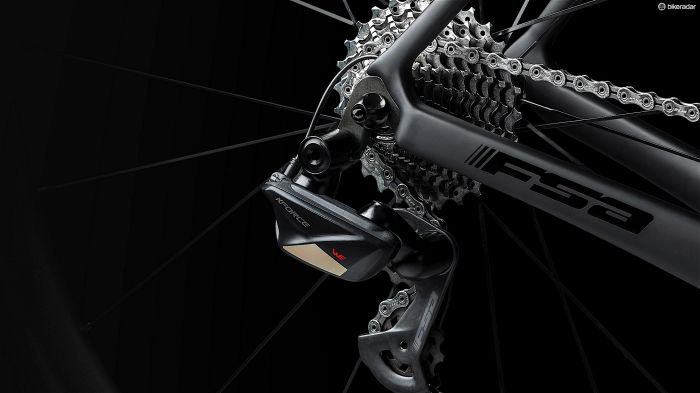
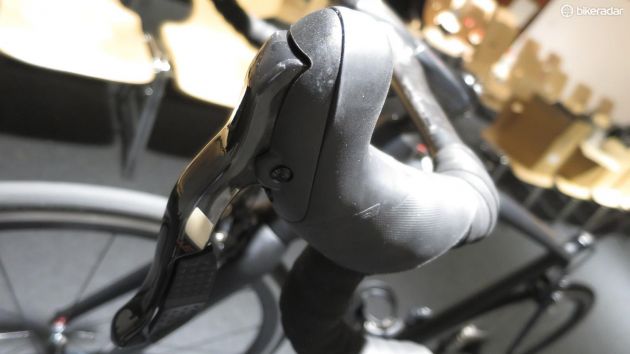
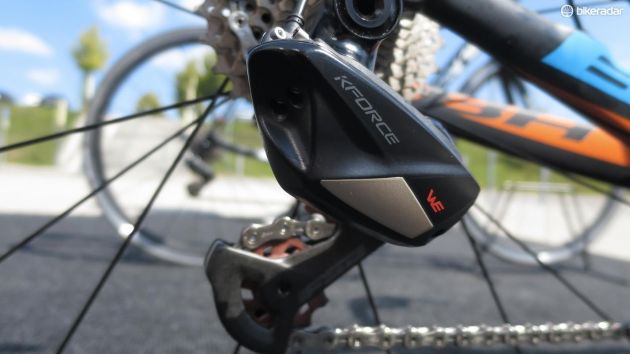
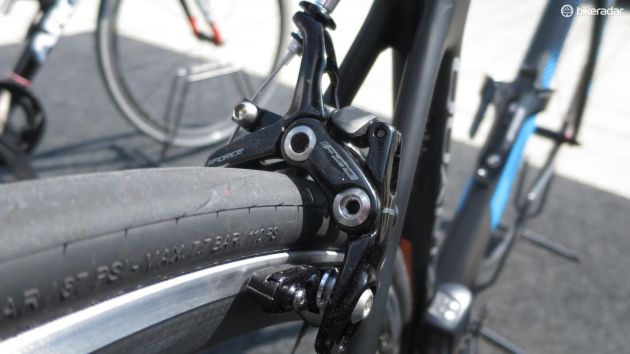
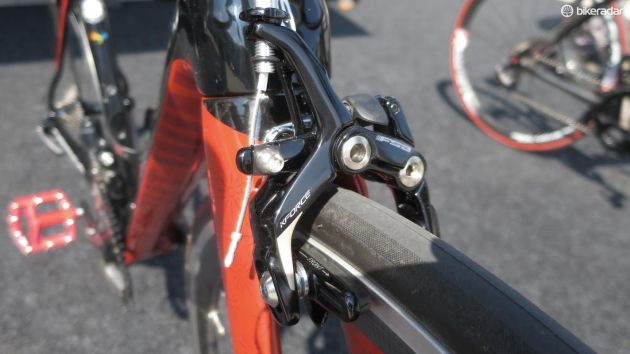
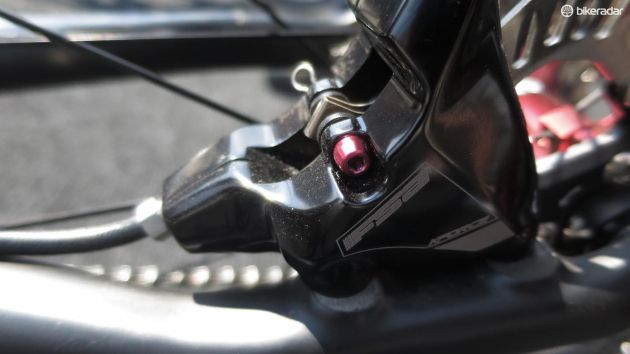
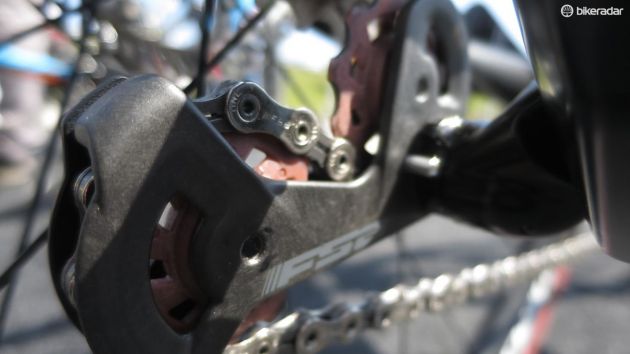
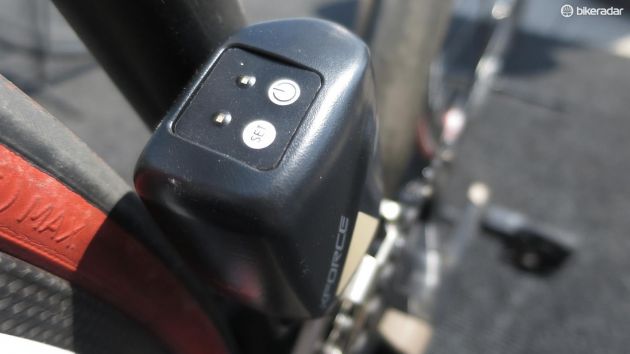
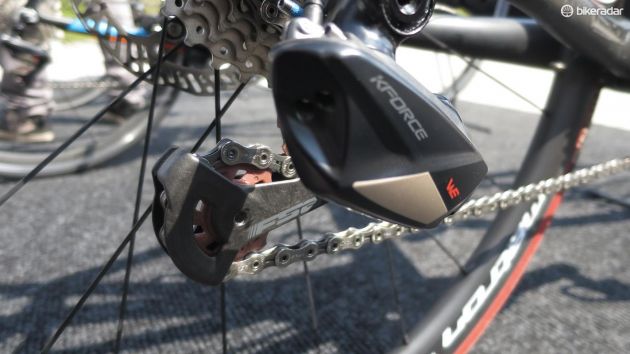
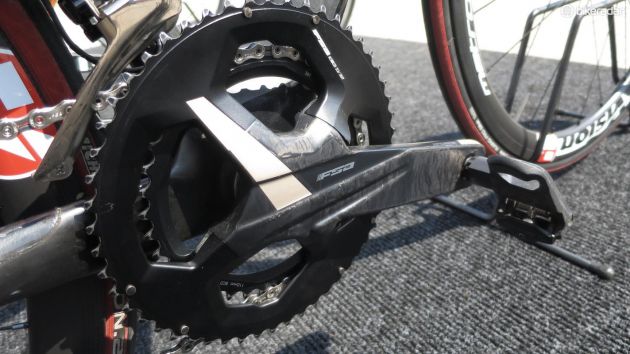
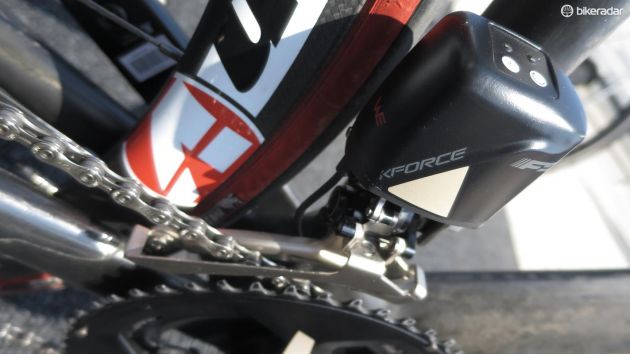
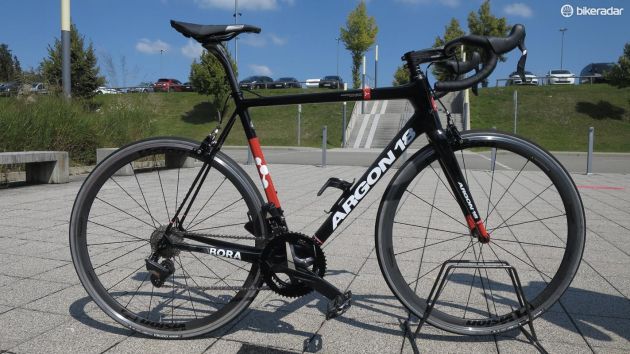
This article first appeared on BikeRadar
FSA always set out to be a complete component manufacturer and it's taken them quite a while to create a complete groupset — excluding the aero TT group presented by FSA's sister brand Vision a few years ago. The new FSA K-Force WE group is set to be in store March 2017, and price predictions from FSA are between the Dura-Ace Di2 and Sram eTap bracket.
With pro teams Astana, Cofidis, Direct Energie, Skydive Dubai and Jelly Belly all confirmed to be using FSA's WE for the 2017 season it looks like K-Force WE will certainly gain traction quickly (in racing at least).
Five years in development and tried and tested over two years by FSA's engineers, and more recently by the pro tour teams FSA sponsors, the WE groupset has been a long time coming. Over the years we've seen with various prototypes and design studies from the brand and as it stands the WE system has 11 patents so far either set or pending against the design.
This new group is based around wireless transmission from the levers to the mechs, but the mechs themselves run via a wired internal mounting battery. It's a similar design to Shimano's current tube-shaped battery; up front the levers contain a coin cell each side to provide the power to the microswitches and ant+ transmitter.
FSA has also looked to address ergonomic issues by offering the new shifters in two sizes: compact and standard (which is 6mm longer than the compact version), to fit more riders while still retaining adjustability in the lever reach. The curvy brake lever shape feels good in the hands and the rocker-shaped gear switches offer a point of difference between K-Force and its more established rivals.
Ant+ with added privacy
The Ant+ protocol means that the system is built around a tried and tested system and will communicate with a Garmin as well as other bike computers, and plenty of power meters and HRM's straight out of the box.
Get The Leadout Newsletter
The latest race content, interviews, features, reviews and expert buying guides, direct to your inbox!
The Ant+ protocol for shifting is customised from standard, so it has its own network key and security to ensure FSA can rule out interference and potential hacks. It's a different approach to SRAM's ground-up wireless protocol build, and whilst we've been assured that FSA has fully tested the system for security we still feel a little more nervous about it than eTap's proprietary Airea protocol.
FSA believes that combining both wires and wireless is the best solution for electronic drivetrains. The use of wireless between the shifters and mechs not only eliminate wires but junction boxes too, which makes for a cleaner looking bike with aerodynamic advantages.
The 7.4v Li-ion battery is stored inside the seat tube, which is slightly larger to accommodate the fixings, and is designed in a way that means it won't need to be removed for charging. The power cables run along the inside of the seat tube to the front derailleur and through the chainstay to the rear derailleur and can claim between 4-6000km between charges, charge time is 1.5 hours.
Componentry: internals, style and finish
The finish is all high-end carbon and composites, and there's a new design that sees gold flash highlights, which differs from the standard K-Force. The chainset is a BB386 EVO unit with hollow carbon construction and the new chainrings have twin pins designed specifically for the WE group. No weights were given for the chainset, but we'd expect it to sit in line with the subtly different shaped, but same grade, K-Force light unit at 589g.
The rear mech has an internal gearbox design with three timing gears, which activate the shifts with constant and absolute alignment meaning the mech should never need trimming. Up at the front, the mech's large unit that is built into the top of the mech houses the system's brain and the Ant/Ant+ transmitter too.
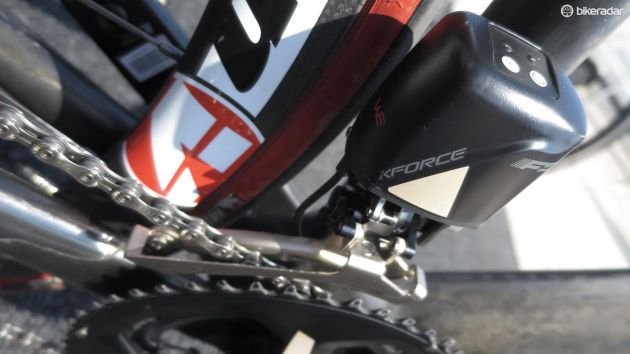
Shifting is handled by a rack and pinion design which FSA claims will offer a precise, quiet and fast shift between rings and that the 16t differential between rings should give most people the ideal combination (50/34, 52/36, 53/39). All of the gears in the front and rear mechs are constructed out of metal (a mixture of titanium, brass, and steel), which sounds like they've certainly been built to last.
The cassette is built from steel and titanium for a low 257g weight, and is made up of two blocks of three at the low end and a succession of separate sprockets for the remainder. With ranges of 11-25,28,32 WE certainly offers plenty of choice for plenty of riders. The matching K-Force chain uses hollow pins to keep the weight down and the sculpted plates have been designed to reduce noise and be durable. The chain is claimed to weigh 246g (114 links).
The K-Force brakes feature an integrated QR adjuster, standard or direct mount fitment, and a rim capacity from 18 to 28mm wide. They tip the scales at 299g a pair.
FSA states that the complete weight of WE at 2,090g, that’s 120g heavier than eTap and 45g heavier than Dura-Ace Di2, although the weight differences are hardly a deal breaker in our book.
There's also a dedicated app for mobile and desktop, which provides a constant link to each part of the system. WE allows you to customise each shifter's operation (and each movement of the rocker switch) and it counts the number of shifts at both front and rear to keep on top of maintenance schedules.
You can also customise the power settings, so you can tell the bike when to go into standby mode — in conjunction with the counter system you can allocate power to where it's used most (front or rear mech) to make the most of available power. The app will also tell you how much battery life is remaining too.
2017 development
FSA knows that discs are becoming an evermore more popular option and are destined for pro racing too, so a disc brake option is imminent. FSA has even had demo bikes fitted with what looks to be a pretty much complete group with the shifter profile no taller than the standard lever (a la SRAM), but certainly longer in the body and slighter wider (a bit like Shimano's 105 unit, though not as bulbous).
FSA also confirmed a 1x option for gravel and cyclocross and a TT version along with accessory sprint shift buttons to add to the road system.